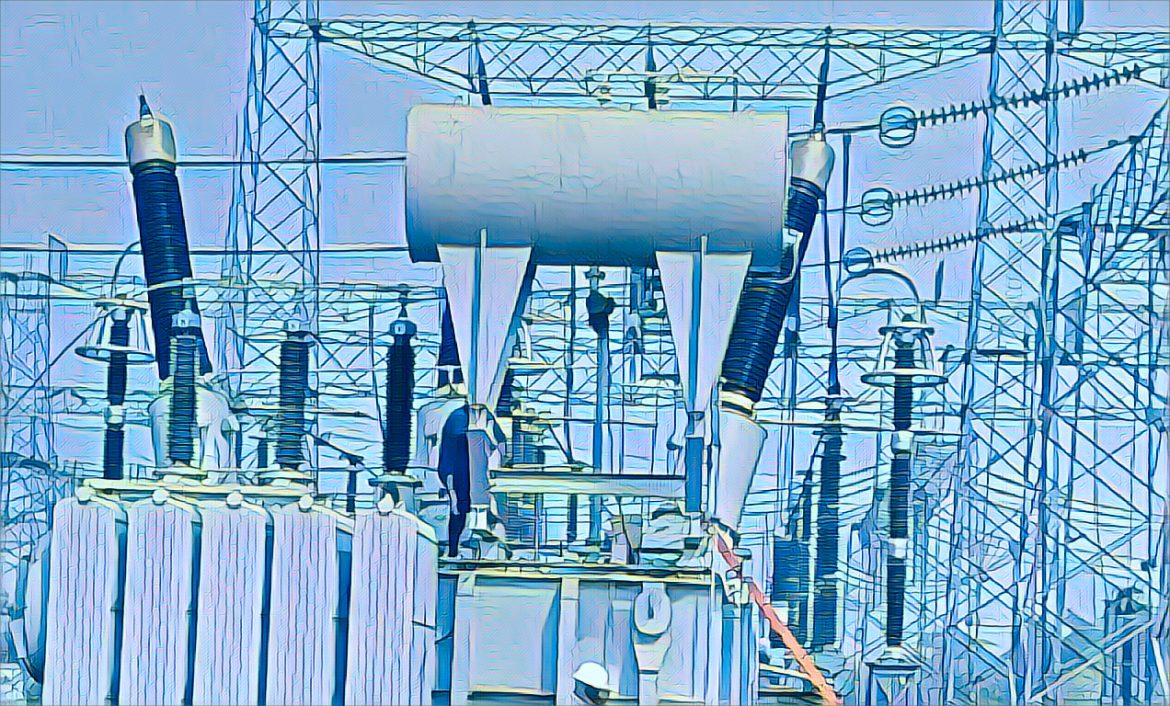The Generation Dip/Loss Detection System (GLDS) was recently activated by the Transmission Company of Nigeria (TCN), marking a major step forward in the company’s national grid management. This advanced monitoring system, which was introduced in April, is intended to improve real-time observation and management of the grid throughout Nigeria. Its introduction represents a significant advancement in the energy sector of the nation.
Operating out of the National Control Centre (NCC) in Osogbo, GLDS provides advanced capabilities to grid controllers so they may closely monitor the grid’s functioning. The technology offers a user-friendly interface that lets controllers define precise parameters for tracking power generation, permits ongoing power plant surveillance, and makes thorough reporting easier. This feature guarantees that any disruptions in the grid are addressed quickly.
Real-time grid data analysis is done via the system’s machine learning and advanced data analytics algorithms. These technologies play a critical role in identifying patterns that may point to abrupt reductions in generation capacity. GLDS can quickly notify controllers of any deviations from regular grid operations by utilizing anomaly detection techniques. This allows for preemptive measures to be taken in advance of widespread power outages.
Furthermore, GLDS’s performance is increased through integration with cloud servers for the Internet of Things (IoT). This integration makes it possible to respond to possible grid problems more quickly and more effectively by enhancing the coordination and speed of mitigation methods.
TCN started implementing IoT technologies to improve the grid’s visibility and monitoring capabilities even before GLDS was developed. Numerous power plants and substations were equipped with Internet of Things (IoT) devices, which gathered data on power generation levels and other vital grid performance parameters almost instantly. With this deployment, the number of power generating stations visible to the grid controllers increased from six to 27, thus broadening the area of system monitoring.
This improved visibility has been crucial in helping TCN monitor grid load and spot possible problems before they become more serious ones. The number of power plants under observation has increased to 29 with the recent expansion of this IoT setup to incorporate generation data from Taopex Gs and Zungeru Hydro Power Station.
The addition of GLDS and Internet of Things technologies to Nigeria’s grid management system is a significant advancement in improving the grid’s stability and dependability. These devices offer crucial information that helps grid operators prevent problems before they arise and reduce power outages. In addition to increasing the effectiveness of national grid operations, TCN’s proactive adoption of such cutting-edge technologies is essential to guaranteeing the consistency of electricity supply throughout Nigeria.



